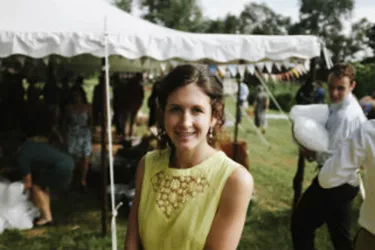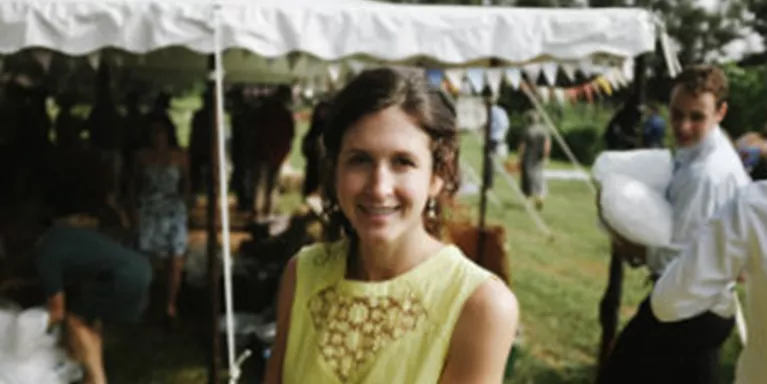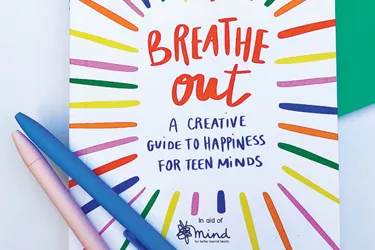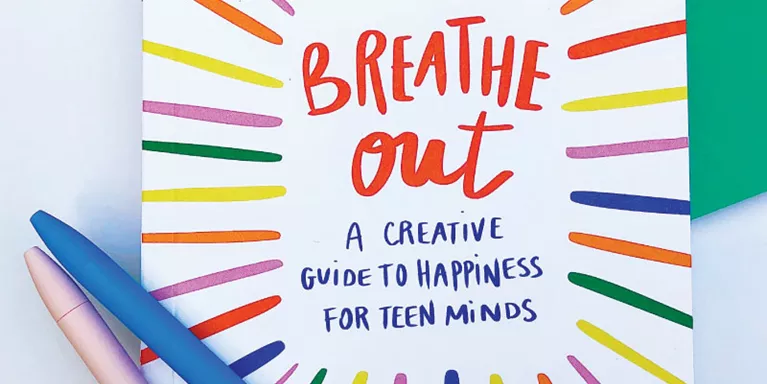A diary of mindfulness, week five - allowing and letting be
In the fifth of her series on mindfulness and depression, Clare blogs about accepting difficult experiences and the difference between 'letting be' and giving up.
I've been writing a diary of my experiences of an eight week Mindfulness Based Cognitive Therapy (MBCT) course. You can see a list of the themes for the weeks, and a link to weeks one to four on my blog.
< Read about week four 'staying present' or Read about week six ' thoughts are not facts' >
Week five - allowing and letting be
A word about gentleness and curiosity+
Being gentle and curious with ourselves and our minds is a central part of MBCT. This struck a chord with me, as we are often telling people who come to us at TheSite.org for support not to be so hard on themselves, to take things slowly and treat themselves gently.
This week, we explored how MBCT encourages us to bring a gentle and curious awareness to our sensations and emotions - encouraging acceptance rather than of avoidance or attachment.
'Let it be’ - what do we mean by acceptance?
I always thought that the song 'Let it be' was telling us to ‘leave it alone’ - but actually I think it was telling us to ‘Let it (just) be’. This does not mean being resigned to negative experiences, feelings or sensations, but instead to actively and intentionally cultivate acceptance of whatever it is.
Our instructor read us a poem that he said he felt emphasised how this acceptance differs from resignation. It was called The Guest House. The idea that we should meet every experience ‘at the door laughing’ and not force any to turn away is suggesting quite a different relationship to our experiences than we are used to - especially for those of us with depression.
The mouse in the maze
To help us understand more about this focus on acceptance, our instructor told us about some research that was done on approach and avoidance. This is described in a different context here. Participants were shown one of two pictures of a maze. Each of the mazes had a mouse in the middle, but only one of the pictures showed a piece of cheese at the maze exit. The other showed a picture of a bird of prey overhead, which was described as ‘ready to swoop down and capture the mouse in its talons at any moment’.
The task for both groups was to draw a line from the mouse to the exit of the maze - but they had different reasons for doing so. All the participants managed to complete the task in less than two minutes - but those who were completing the task to avoid the bird showed an aftertaste of vigilance and caution for things going wrong. All of these participants showed less creativity and flexibility in response to new tasks than the participants who were completed the maze to approach the cheese.
The link was then made to how we manage experiences. This experiment suggests that an attitude of avoidance, trying to push away and avoid negative experiences actually almost 'shuts down' our minds, making us less creative and flexible in our attempts to deal with them. Instead we should approach the experience, with curiosity to explore what it feels like, in the moment.
A rustle in the undergrowth
It sounds very counterintuitive - we all have a tendency to distinguish between wanted and unwanted experiences and react differently to each. Another way of helping us to understand the different kind of reactions we can have to unwanted experiences was described in terms of the 'fight or flight' mode of dealing with threats - a term that we are all familiar with.
When, in our day to day lives, we feel a 'rustle in the undergrowth' of our mind - a depressed thought, a bad feeling, a sense things might be starting again - we react mentally in the same way we would physically if we heard a big cat rustle dangerously in the undergrowth. We leap into the fight or flight avoidance mode - the part of the brain that feels under threat kicks in.
Our brain can't distinguish between external and internal 'threats' - they are all presented to it as thoughts. We are compelled to try and solve the problem - using the rumination (that doesn't work). And in avoidance mode our thoughts are less flexible and lead quicker to the 'negative spiral' we've discussed previously.
Instead, we should try and approach the 'rustle' or the negative experience. By becoming more aware of the thought or feeling and trying to explore what it feels like in the moment using a breathing space meditation, we can stop seeing it as a threat and stop this inflexible avoidance reaction. We put ourselves in a much better position to deal with it.
I think this is something that it is quite hard to do if you come to it cold without having spent a number of weeks practicing the skills of mindfulness and exploring these kinds of concepts. I could understand why we had spent so much of the first weeks trying to build these skills.
It interested me the amount of metaphor and poetry used to try and get some of these concepts across to us. These helped to get past the problems of insufficient language to really describe and share a concept. I have written about this in more detail on my blog. In this piece I explore how we use metaphor to help us share and describe experiences of mental health in a way that better helps others to understand it.
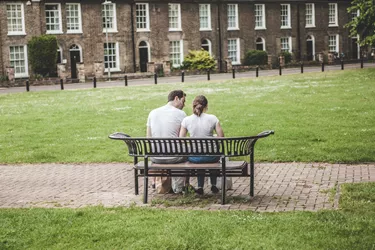
The practice in reality - stretches for our minds
In the later sessions, we spent more time getting our head around concepts and ideas about new relations to our experiences. We also needed to continue practicing meditative mindfulness and putting these concepts into practice. In the first meditation practice this week, we were encouraged to do something slightly different from what we had done in the past.
Instead of just noticing where the mind is when it wanders, then gently escorting awareness back to the breath, we were encouraged to notice if our mind continued to be drawn back to the same place - and to intentionally bring awareness to that place. We shouldn't try and hold on to it, or to push it away out of fear, irritation or annoyance. Instead we should try and register what is there and hold the feelings in awareness for as long as they naturally occur.
Later in the session, we did another meditation where we tried to deliberately bring a difficult experience to mind, to practice relating to it in a different way, by approaching it. The purpose was not to get rid of these difficulties but to relate to them differently.
After starting the meditation, we were instructed to bring to mind a difficult or troubling thought or situation and notice the feelings that arise in the body. I found that one of the most obvious for me was in my chest, these experiences often led to a tightening of the chest, and shallower breathing. I also noticed a changing of my face, a frowning and tensing.
We were instructed to deliberately try and move our awareness to the place in the body where the sensation was strongest, breathing in to that part of the body on the in breath. When we have the bodily sensations in our awareness, say to ourselves: "It's ok, whatever it is it's ok, let me feel it."
We should try and stay with awareness of these sensations and our relationship with them, just breathing with them and accepting them. When we feel they are no longer completely pulling our attention, we should return fully to the breath. Holding something in awareness like this, rather than pushing it away is an affirmation that we can face it, name it and work with it.
Thoughts are not facts (even the ones that say they are!)
Next week, we would be thinking in more detail about our relationship with thoughts. This is really important - thoughts are how we experience the world. It is through our thoughts about the world that we interact with it. Because some thoughts reflect reality - ‘that car is red’, ‘there is a lamppost’, ‘I need to lift up my foot to step over that rock’ - it is easy to think that all thoughts are facts - including those negative automatic ones we have.
Next week we would learn how MBCT suggests we change our approach to our thoughts. For now, our homework was once again to do a daily 40 minute sitting meditation, as well as the breathing space three times a day, and whenever we noticed unpleasant experiences.
Clare writes her own blog on mental health, relationships and online youth support. You can follow her on twitter@fostress.
Read more from Clare’s mindfulness series:


Information and support
When you’re living with a mental health problem, or supporting someone who is, having access to the right information - about a condition, treatment options, or practical issues - is vital. Visit our information pages to find out more.
Share your story with others
Blogs and stories can show that people with mental health problems are cared about, understood and listened to. We can use it to challenge the status quo and change attitudes.










